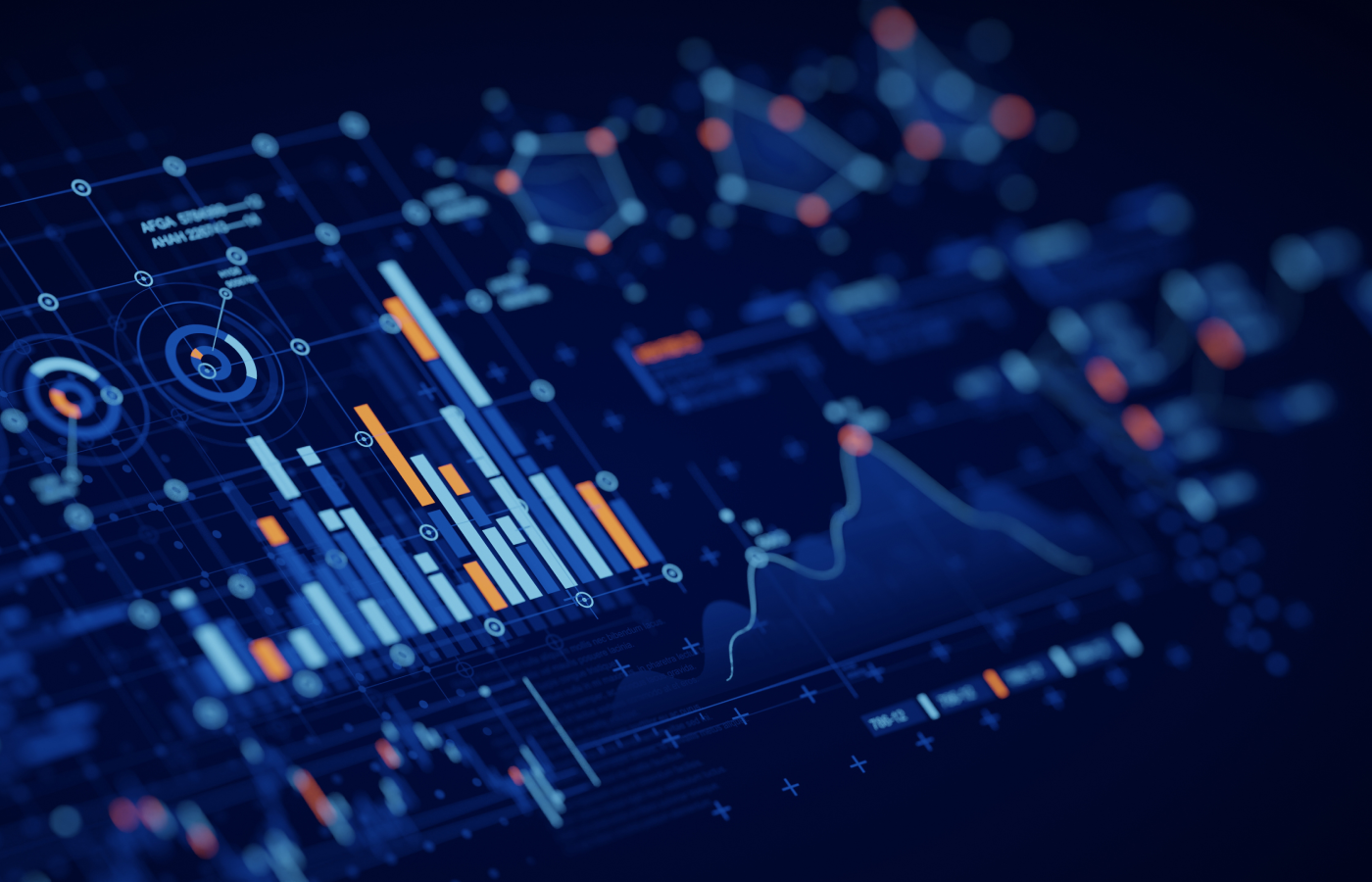It is no secret that AI, in its various forms, is currently dominating tech adoption cycles. But all of that demand is causing strain on the different data centers available to handle the data management required to leverage AI successfully. Channel Insider asked one expert how data centers can better balance the AI demand against energy and related sustainability concerns.
Jason Matteson is the global director of product management for data solutions at nVent. He has worked in the data center industry for 28 years. Before joining nVent, Jason worked at IBM, Lenovo, Vertiv, and most recently, Iceotope Technologies. Jason contributes to several industry consortia, including ASHRAE and OCP, holds over 100 U.S. Patents, has authored or co-authored several intellectual property publications, and has given presentations on industry power and cooling trends at various technical symposia and conferences. Jason received a Bachelor of Science degree in Mechanical Engineering from Rochester Institute of Technology in 1997.
This interview has been edited for clarity and grammar, but all thoughts are those of Matteson.
As AI adoption skyrockets, power is more in demand than ever at global data centers
How is AI demand impacting the power resourcing at data centers?
The rapid growth of AI workloads is significantly increasing power demands at data centers. AI servers require higher densities, greater processing power, and advanced cooling solutions, leading to a shift in power distribution strategies. To keep pace, data centers are deploying more robust cooling solutions and intelligent power distribution solutions. Energy efficiency is now a critical factor in data center expansion, with an emphasis on power redundancy, resilience, and sustainability.
Does the above impact then shift or alter what you recommend for best practices in cooling technologies deployed at data centers?
Yes, the higher power densities associated with AI-driven workloads are changing cooling best practices. Traditional air cooling is simply unable to manage the heat loads of AI servers, leading to increased adoption of liquid cooling solutions such as direct-to-chip cooling, immersion cooling, and hybrid approaches.
At nVent, we emphasize the importance of scalable cooling solutions that integrate seamlessly with existing infrastructure to enhance efficiency and minimize downtime. Smart cooling distribution solutions and predictive maintenance technologies are also becoming essential for optimizing performance while reducing energy consumption.
How operators can improve energy efficiency and optimization in data centers
As we see more data centers being approved, if not entirely started on construction, what can be done to retrofit existing data centers to better match demand?
Rather than starting from scratch, many operators are focusing on retrofitting their infrastructure to meet the rising demands of AI. There’s a lot that can be done to optimize older data centers. Upgrading power distribution and integrating liquid cooling where possible can make a big difference. We are also seeing an increased focus on real-time monitoring and automation to dynamically adjust power and cooling needs.
The exact needs for retrofitting data centers depend on the situation: in some cases, liquid-to-air CDUs can be deployed to bring liquid to the rack level and more efficiently manage heat even without liquid infrastructure in the facility. Once data centers are able to retrofit facilities with liquid lines to IT racks, it opens up a lot of other cooling options, including Air-to-Liquid and Liquid-to-Liquid systems.
How can data centers be more accurately monitored and judged for their sustainability challenges and opportunities?
Sustainability in data centers can be more effectively monitored and assessed through:
- Power Usage Effectiveness (PUE): Measuring how efficiently data centers use power relative to their computing output.
- Water Usage Effectiveness (WUE): Tracking water consumption in cooling systems to minimize environmental impact.
- Integration of renewable energy sources: Encouraging on-site solar, wind, and energy storage to reduce reliance on fossil fuels.
- AI-driven sustainability monitoring: Leveraging AI to optimize power and cooling efficiency, reduce waste, and predict equipment maintenance needs to minimize downtime and resource consumption.
As data center experts wrangle complex sustainability problems, AI demand shows no signs of slowing down. Learn more about the new data & AI design studio from Converge.

